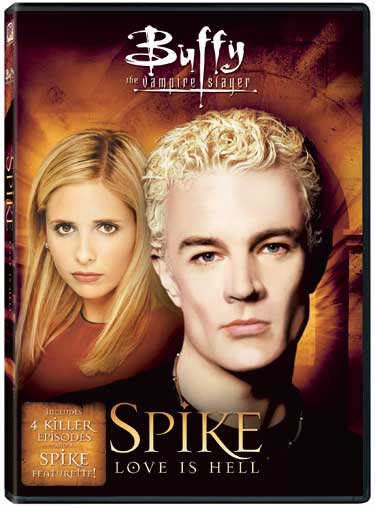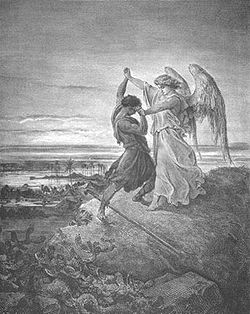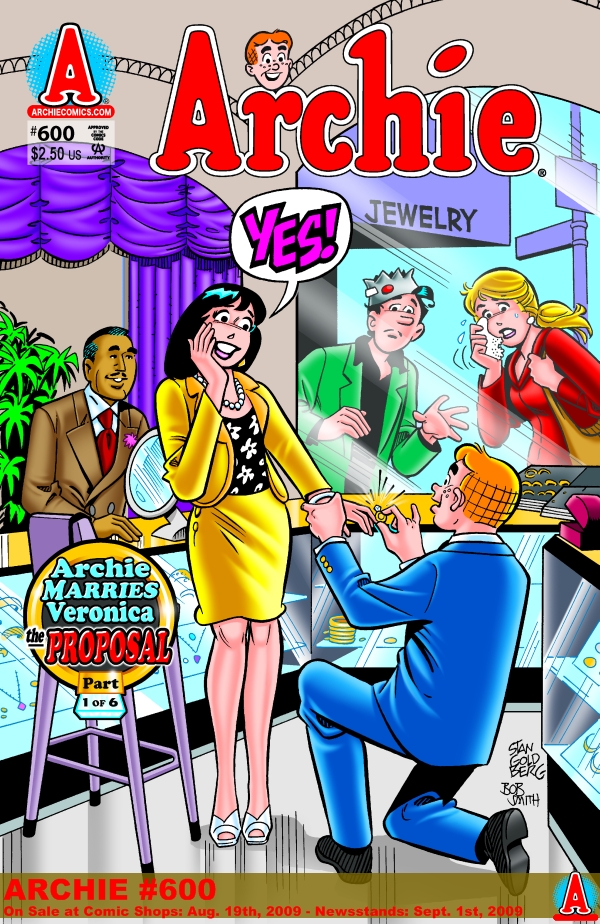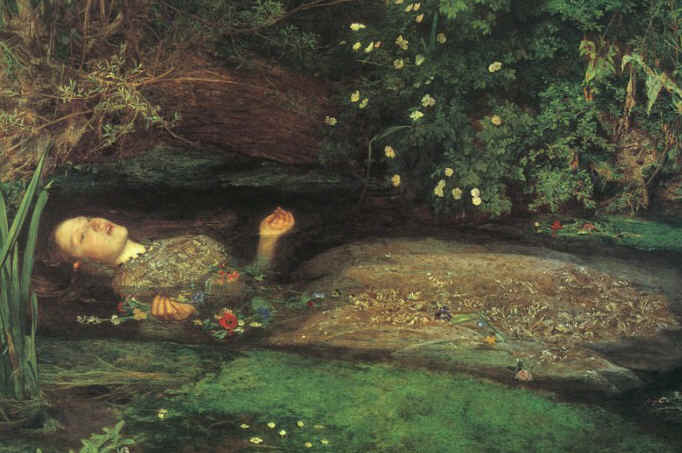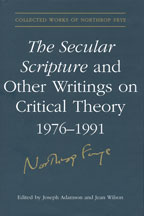httpv://www.youtube.com/watch?v=38qLFOQFTB4&feature=related
Helen Mirren as Elizabeth delivering her famous speech to the troops at Tilbury as the Spanish Armada approached, 19 August 1588.
Today is the birthday of Elizabeth I of England (1533-1603).
Frye in Notebook 8 reflects on the consequences of the defining moment of the Elizabethan Age upon Elizabethan culture:
Before the Armada the best brains, Spenser and Sidney, thought in terms of a Protestant United Front, hence the Duc d’Alencon business. Spenser never really got over this stage. The Armada itself shifted the emphasis: true, it had sailed with the Pope’s blessing to destroy a heretic kingdom, but it had banked heavily on a religious revolution in England, & it must have been difficult for the Protestants who had lived through that hideous period to forget that the Catholics had turned out to fight for England & had thereby placed their religious liberties in the hands of Elizabeth. So it seems probable that the theatre represented a Catholic-Anglican truce against Puritans, the idea being that Protestantism had come not to destroy but to fulfill Catholicism by allegorizing its literalism, as in Spenser. This truce, if it existed, could hardly have lasted long after the Gunpowder Plot. Then a strong anti-Spanish, anti-Catholic middle-class nationalism comes up (Middleton, B & F [Beaumont and Fletcher]); the king-fool appears more frequently, possibly because bourgeois insistence on plain sense is breaking down the allegorical synthesis based on the King & Queen; but I think the theatre stands fundamentally for the national establishment. Cassius, the Puritan revolutionary, love not plays & hears no music. Aramado in L.L. is the Armada: the date means the word would irresistibly suggest that to an audience. (CW 20, 110)
Frye on Elizabeth, the Armada and myth in The Secular Scripture:
Myths are usually assumed to be true, stories about what really happened. But truth is not the central basis for distinguishing the mythical from the fabulous: it is a certain quality of importance or authority of the community that marks the myth, not truth as such. The anxiety of society, when it urges the authority of a myth and the necessity of believing it, seems to be less to proclaim its truth than to prevent anyone from questioning it. Thus the Christian myth of providence, after a battle, is often invoked by the winning side in a way which makes its truth or secondary importance. The storm that wrecked the Spanish Armada was a providential event to the English, but a natural event to the Spaniards. Elizabeth I issued a medal quoting the Psalms, “God breathed with his winds, and they were scattered”; Philip of Spain said to the survivors, “I sent you forth to fight with men, not with the elements.” (CW 18, 14-15)
